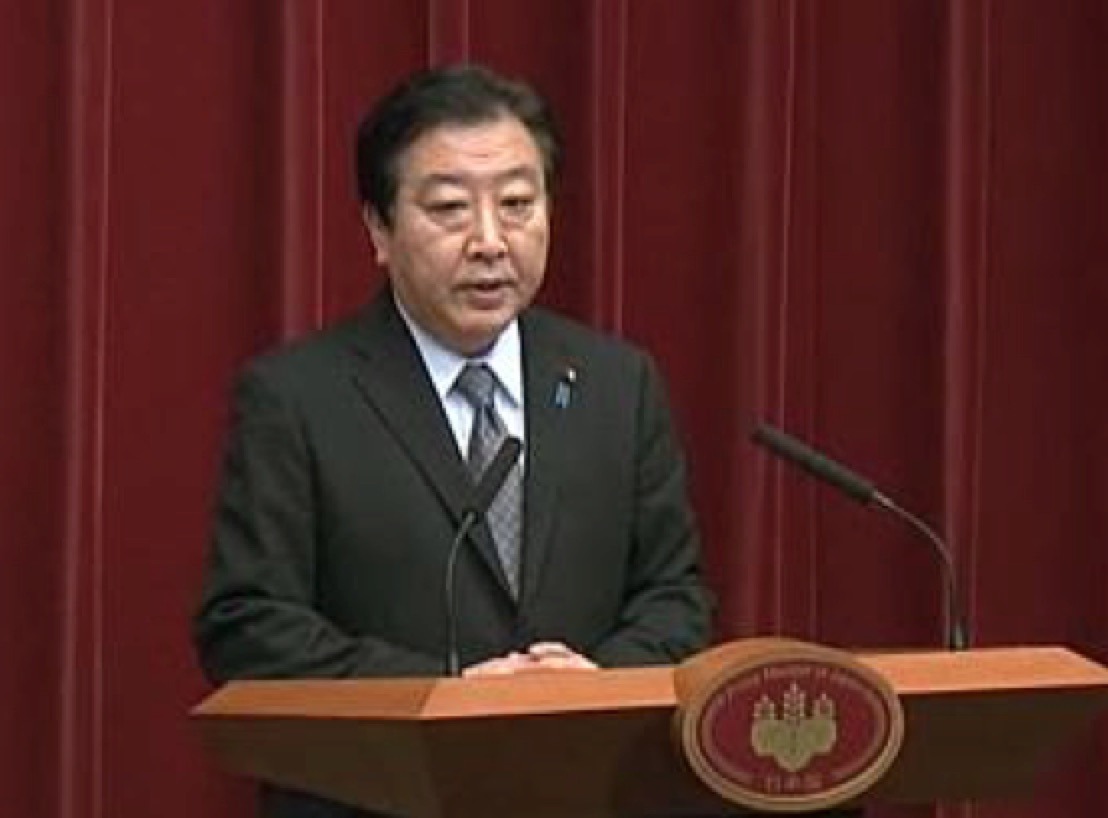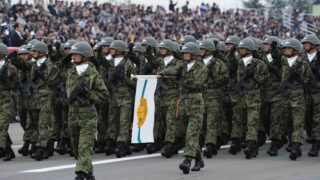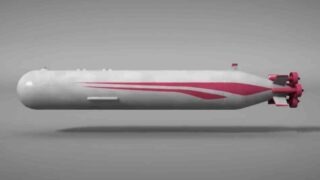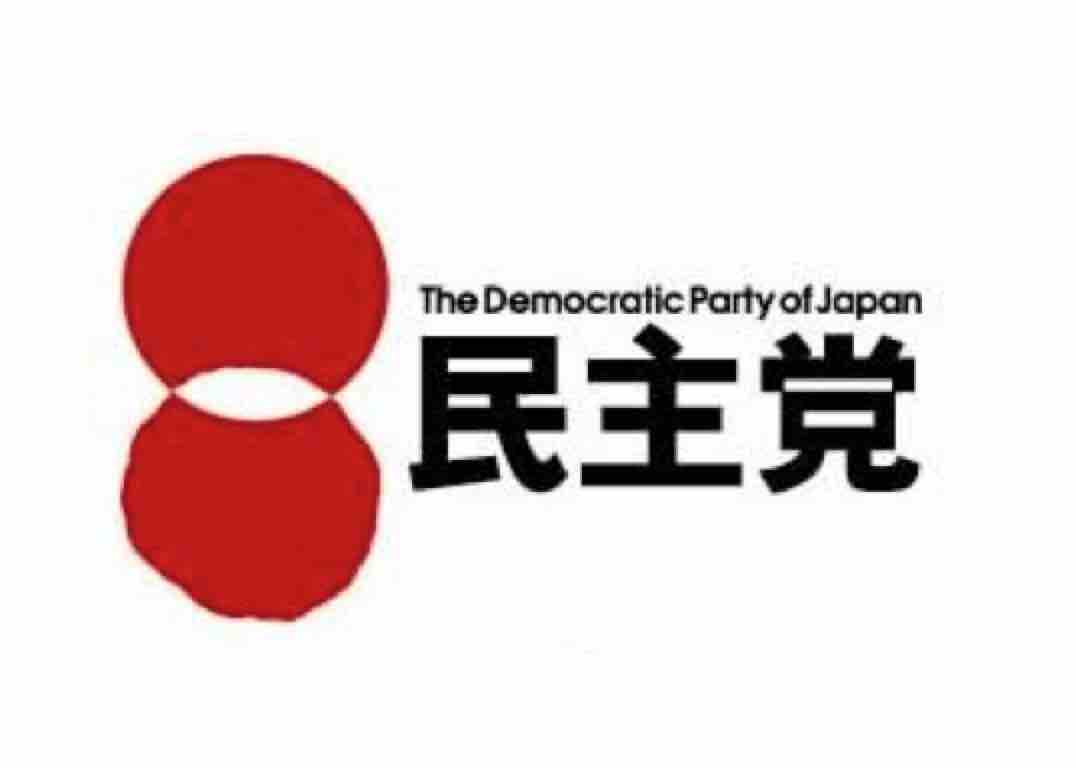Noda’s Try For Reversal
With approval ratings crashing down once more, the DPJ turned to their third and last Prime Minister “Yoshihiko Noda.”
When it came to political spectrum, Noda possessed a more centric ideology compared to the previous two and is regarded as the best DPJ Prime Minister so far.
 PM Yoshihiko Noda
PM Yoshihiko Noda
Unfortunately, nearly two years of mismanagement had diminished public support towards the DPJ administration, and defeat in the next general election was evident to anyone’s eye.
Initial approval ratings were neither high nor dangerously low, with the term limit for incumbent lower house representatives approaching, there was little Noda could do to turn the tide around.
As for domestic issues, he was immediately confronted with the aftermath of the earthquake/tsunami and did managed to stabilize the situation.
On the diplomatic front, he strived to amend relations with the United States in an attempt to counterbalance China.
But, perhaps he is most known for pushing towards a consumption tax increase despite his earlier stance on opposing such measure. As former Minister of Finance, Noda was regarded to have been influenced or as critics call it “indoctrinated” by the bureaucrats who wanted to increase revenue by raising the tax percentage.
Of course, Noda himself argued that the tax increase was necessary to fund the ever-growing social welfare expenses and acknowledged that it was an unpopular, but inevitable policy.
Assisted by several scandals involving key cabinet members, approval ratings gradually started to decline towards a no-confidence level, and everyone started to viewed Noda as a mere filler until the next administration.
Upon this lame-duck situation and with the lower house term limit closing in, Noda took on a desperate gamble by dissolving the Diet (lower house) for an early general election.
The chances of prevailing over the LDP were slim from the start and the result was absolutely devastating for the DPJ – reducing their seats to only 1/4 of the pre-election numbers.
In this way, the DPJ regime met its demise after three years of trial and error, handing over the administration to the resurgent LDP led by Shinzo Abe.
Return To LDP Reign
So what did the DPJ regime’s failure leave behind?
Well, it implanted a sort of “traumatizing experience” to the Japanese constituents discouraging them from trying another regime change any time soon.
The DPJ’s numerous mistakes, mostly the ones deriving from incompetency and internal strifes, persuaded the public that the LDP was the only viable candidate when it came to actual governance.
This merely suggests that the LDP is the “lesser of two evils” and does not implicate the its popularity, but it did reconfirm the following political reality – Japanese voters had no choice other than entrusting power to the LDP while periodically reducing their seats to teach them a lesson if they become complacent.
In other words, the DPJ disillusioned the public with its shortcomings to a point where another regime change is deemed improbable for at least two decades or so.
Though aiming for change was not futile per se, its failure did come with hefty price of destroying the DPJ itself (currently non-existent) and breaking Japanese politics for the time being.





















Comments